Still life images typically consist of fruits, flowers or household objects. The image captures a staged assortment of objects, placed to simply show them off or to have a hidden meaning.
17th Century Realism:
During the 17th century, still life painting were an emerging genre in Dutch culture. These paintings were known for their realism and ability to show off the objects in them. Since painting was still an art for the wealthy, many still life images from this time were commissioned by the rich to show off their wealth and economic success.
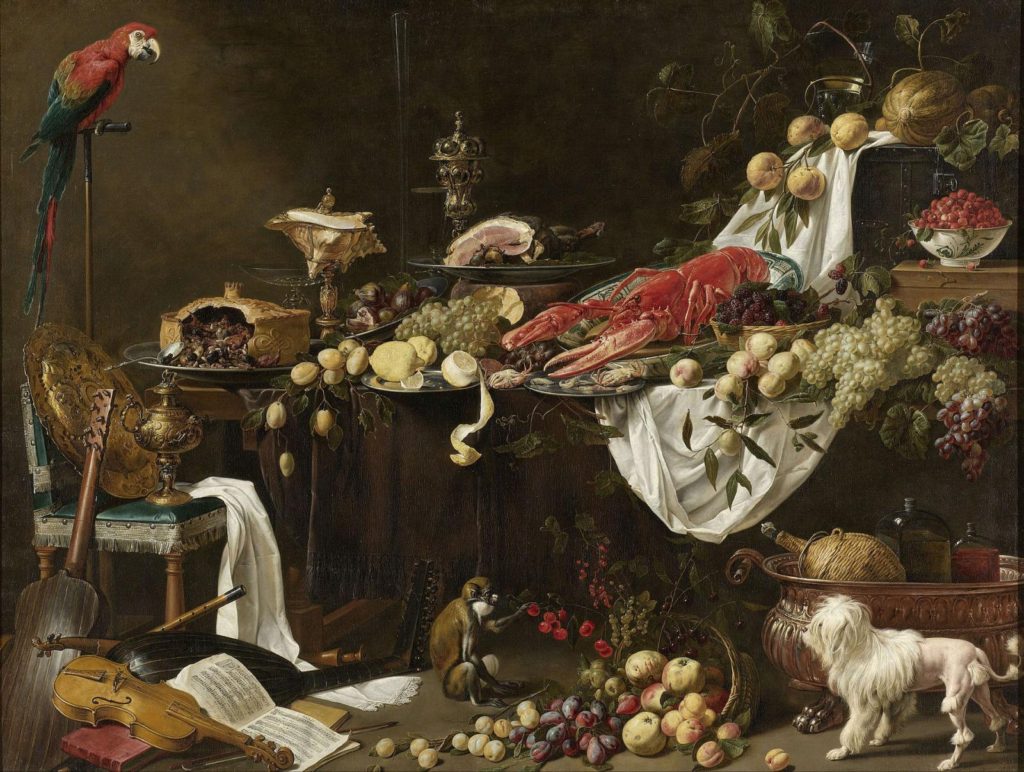
Vanitas:
However, the Dutch also used still life to communicate a slightly more morbid message. Vanitas paintings are easily recognizable by the presence of a human skull in the image. These painting aimed to convey the consequence of vanity and giving in to pleasure. Symbols of death greatly contrasted those of riches in other still life paintings.

Hendrik Andrieszen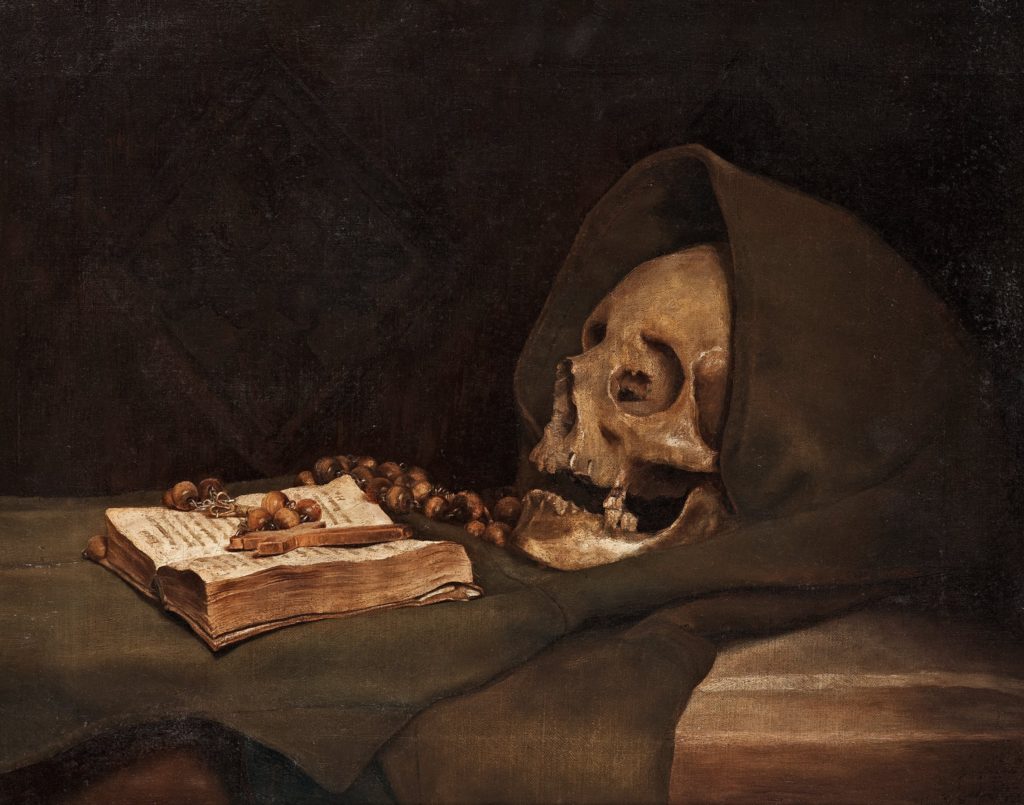
Unknown 
Willem Claesz Heda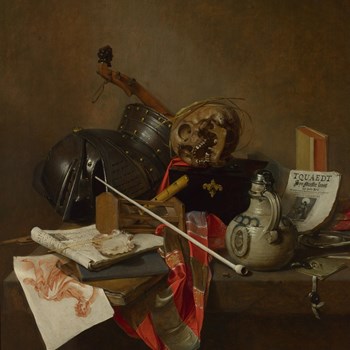
Jan Jansz. Treck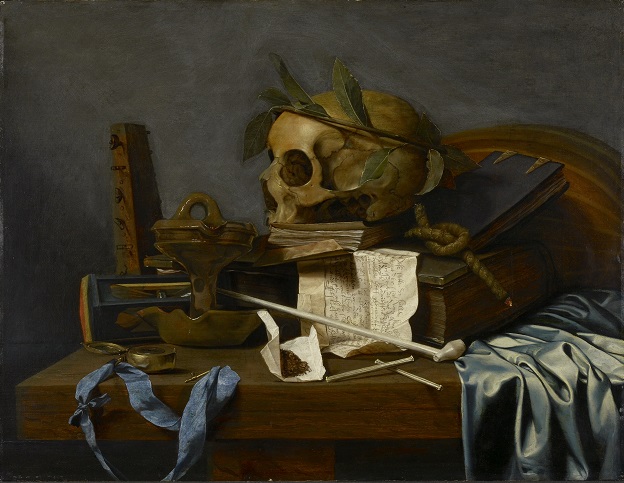
Ian Lefebvre 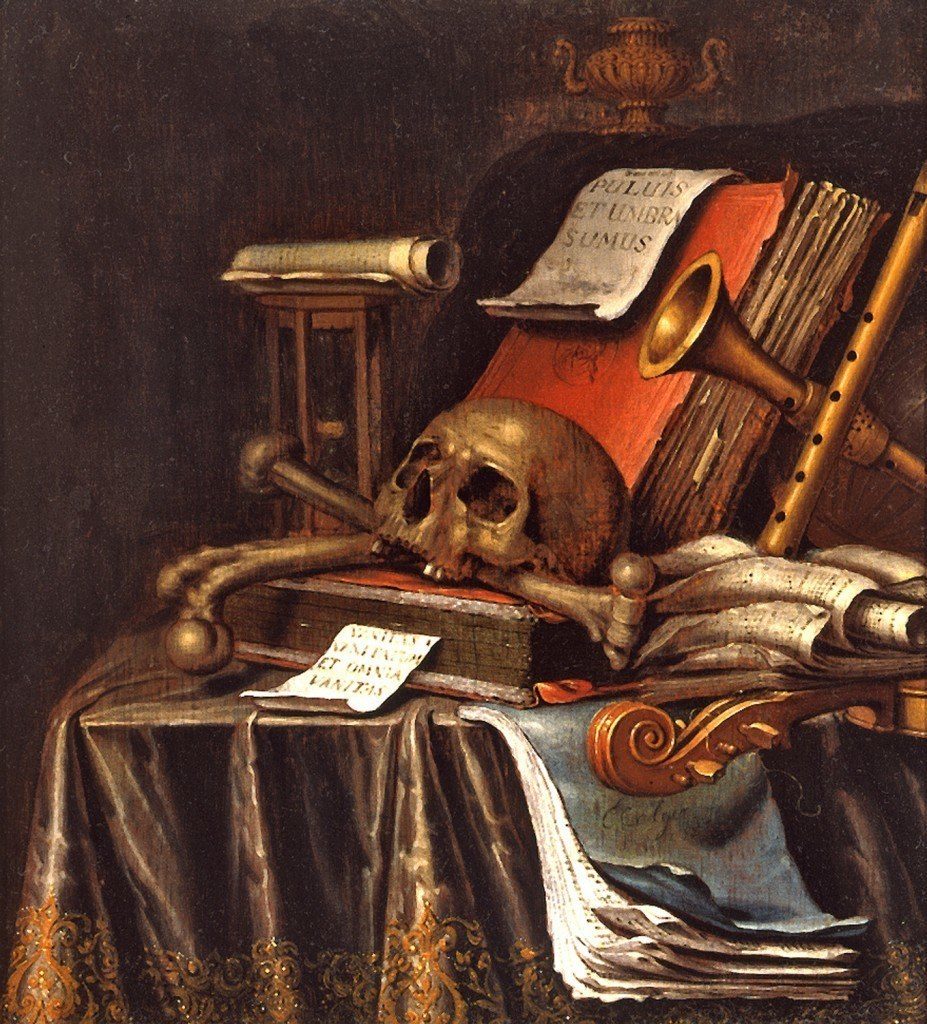
Edward Colyer
